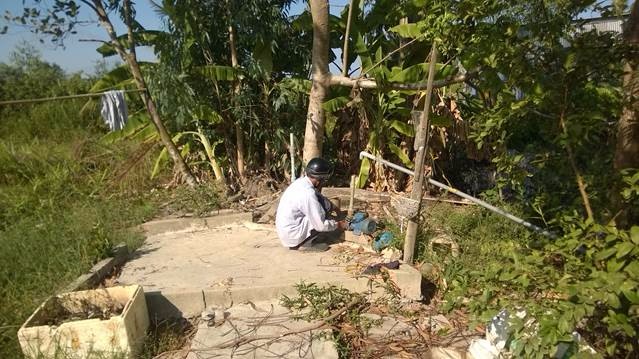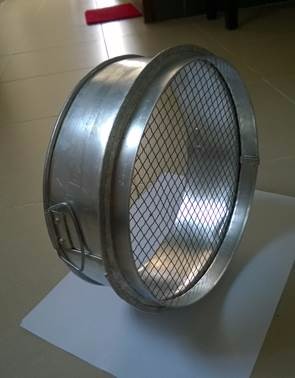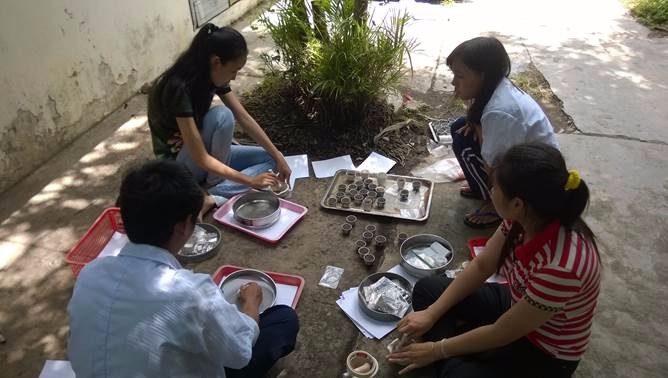The old and new; comparing working styles in Vietnam
Picture this. I’m sitting on a concrete floor, in a thatched house, in the heart of the Mekong Delta. It’s hot. Really hot. My shirt is soaked through from a mornings work in the field. I’m inside the farmer’s house eating fish, eggs, pork and rice cooked for us by his wife. I’m surrounded by undergraduate students who have spent the morning helping me prepare the site for my upcoming trial. In the corner of the room is a TV. Despite my lack of Vietnamese I can see it’s a news broadcast. As the bulletin draws to a close a strange sight appears on the screen. Elvis. Not the man himself, but men dressed as him thousands of kilometres away getting on a train at Sydney’s Central train station on their way to the Parkes Elvis Festival. I laugh. I simply can’t help it.

For the past 18 months I’ve been in Vietnam undertaking field work as part of my PhD in soil science, looking at the application of compost to Acid Sulphate Soils. I have found Vietnam to a fascinating blend of the old and new, the traditional and the modern. I can buy Bega cheese, Bulla ice cream, Devondale milk and Granny Smith apples (developed in Eastwood, Sydney in 1868, now grown in the US and then imported into Vietnam). On the flipside though, Twitter has only become available within the past 12 months, restrictions are still in place on certain international online news sources, films are edited on the grounds of censorship, and blogging can be a dangerous occupation. It appears that Vietnam is working out what it wants, and what it doesn’t want, from the outside world.

Materialism may be on the rise as Western marketing and brands make their impact but I have observed that the Vietnamese continue to maintain their ‘waste not want not’ mentality. Last week I watched an undergraduate student make an O-ring for a bore-pump from an old tyre tube. The pockets on both pairs of my jeans disintegrated some months ago so rather than buy a new pair I had them all completely replaced by a lady on the side of the road for the equivalent of $3.30. Furthermore, many shops still shut at lunch time and at the university most people return home for lunch and a sleep for a couple of hours in the middle of the day, which I have actually become somewhat accustomed to.

My experience has been that this mash-up of old and new makes Vietnam an interesting, but sometimes challenging, place to do research. As soon as you become accustomed to being able to access things you want, you find something you need that you can’t get easily. I work in a laboratory with some brilliant scientists who have access to fairly basic equipment. I have spent days washing plastic test tubes that in Australia would have been thrown out. I use an oven to dry my plant samples that has had the vents taped over because there is a mouse problem in the lab. I sit outside on the ground for hours with undergraduate students crushing soil with a mortar and pestle before sieving for analysis, where in Australia we have a machine which can do both. The immediate lack of suitable equipment is not always a fait accompli though. For the preparation for my greenhouse experiment, for example, I had a nice set of 10mm sieves made by a local whirly bird fabricator which did the required job perfectly.

I hope to continue my involvement in research in Vietnam beyond my PhD but I think that it will be interesting to see what things have and have not been adopted in the future. The Western influence has certainly has made being an expat here more comfortable but there is something about the Vietnamese approach to work and life that I hope never changes, especially sleeping at lunch time.




